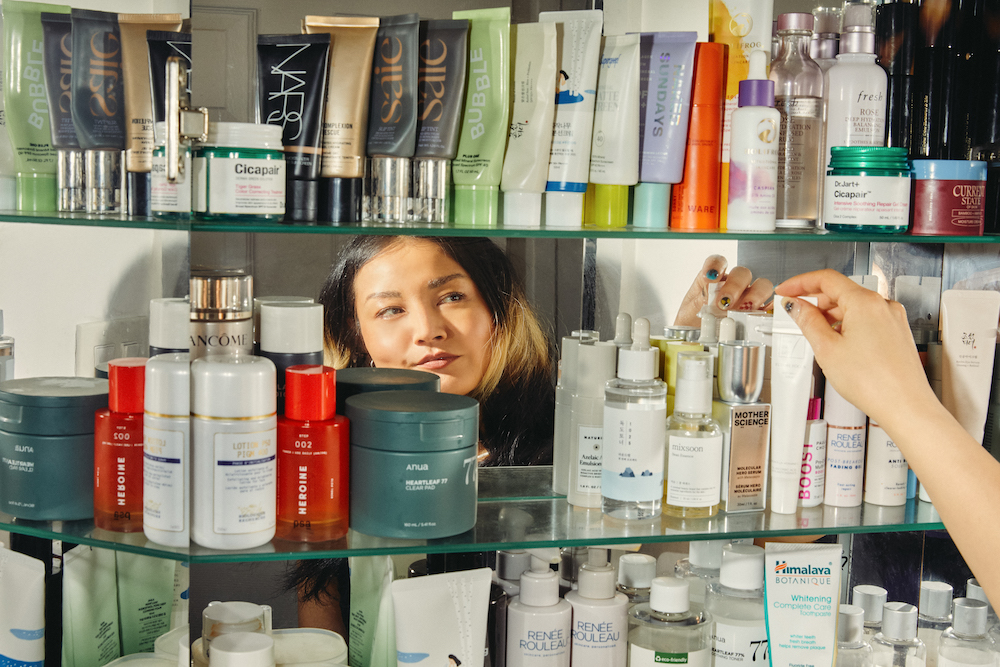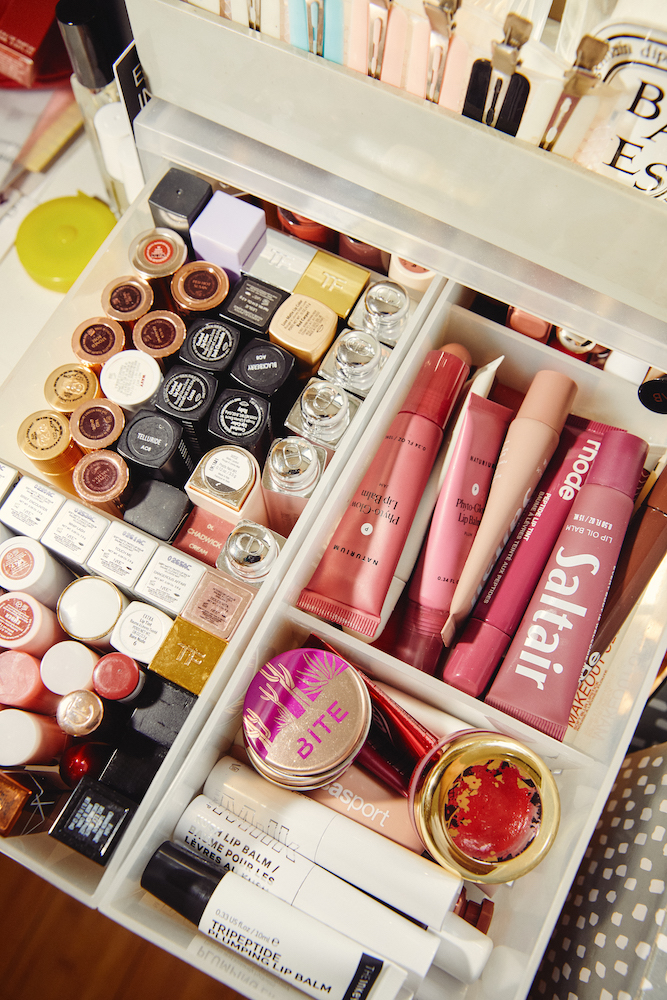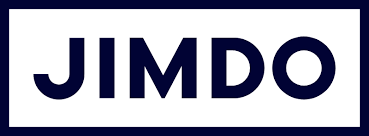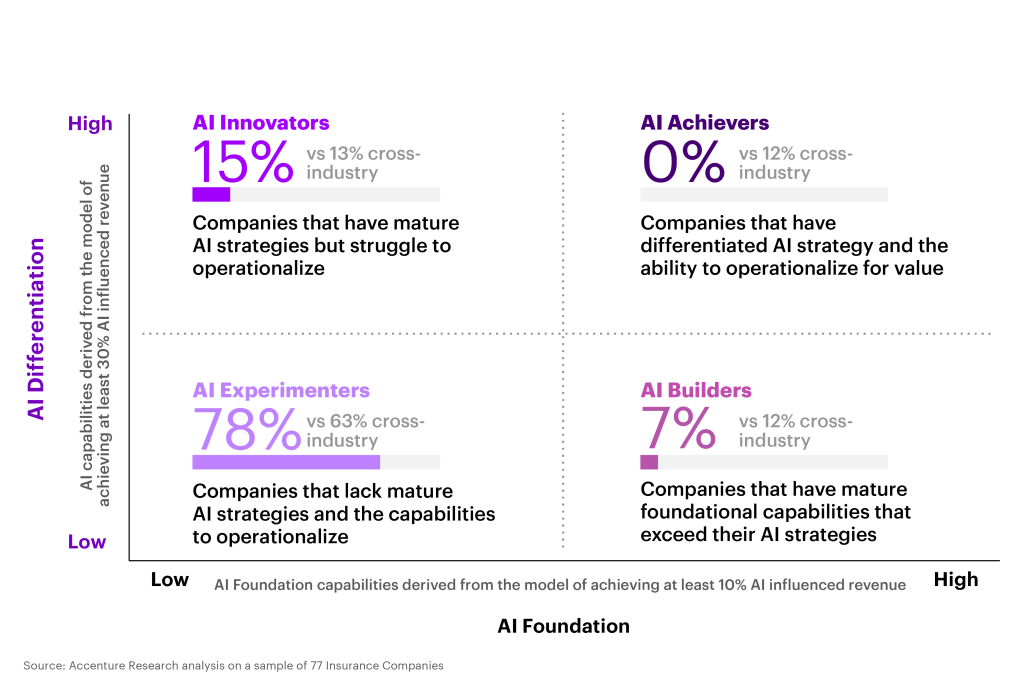“I had severe social anxiety as a teenager. My therapist at the time encouraged me to try doing something in a controlled environment, and so I joined the drama club because they had scripts. I enjoyed it enough that I went on to study drama in college. When I graduated, I did a lot of part-time gigs around New York. Then, when I was 26 or 27, I wrote this insane-sounding ad looking for a roommate, and I shared it on every apartment listing group I could. A lot of people saw it and thought it was funny, including Annie Kreighbaum, who was one of the founding editors of xoVain—and later an editor at Into The Gloss. She said, ‘Hey! I don’t need a roommate, but I just started working at this new beauty site called xoVain, and we need writers.’
xoVain was unique because it was very personal, very stream of consciousness, and very experiential. I was there for three years until it shuttered. I had a few short stints at other sites after that, until one day Phillip Picardi DMed me on Twitter to ask if I’d join the team at Allure. I did, and then I left after three years to freelance.
Now I also co-host a podcast called Smell Ya Later with my BFF, Tynan Sinks. There’s such an emotional connection with your sense of smell. My favorite episode is called The Smell of Death. We interviewed neuroscientist Mo Costandi, who literally studied the smell of death. He explained all of the components that make up the smell of decay and how a lot of it is tied to things that are considered beautiful, like the scent of jasmine.
Most recently, I wrote a book called Die Hot with a Vengeance. I felt, and I’ve felt this throughout my entire beauty career, that anytime people write about beauty, it’s either a how-to, or a take-down of toxic ingredients. Or if it’s cultural or political, it’s about how beauty is a tool of the patriarchy to oppress, which is not untrue, but it puts it in a strictly academic lens that doesn’t actually help anyone feel better about beauty or feel like they have agency over their body. In my beauty editorial career, Allure was kind of my dream job. I mean, the magazine is the top of the top. And when I got there, it was very much like, ‘Is that all there is?’ You realize, ‘This is just another corporate job to feed corporate ends.’ Knowing that, I understand as a former outsider looking in how much gravitas this whole industry appears to have. But most of it is made up and you have a choice to not buy into things. My book examines why we feel compelled to do these things, where the ideas come from, and how we can either reclaim or refuse parts of beauty that don’t align with our collective wellbeing. But this is important: I don’t want readers to ever feel like I’m trying to tell them how to think or feel about beauty. These are my experiences and what I’ve learned, and hopefully, they just expand your ideas a little bit.
BEAUTY
My first memory of beauty was through cartoons: Jessica Rabbit, Roxanne from A Goofy Movie and Holli Would in Cool World. Those characters were just so bombastically feminized and I wanted to look just like them. But because I wasn’t allowed to wear makeup until I was 17, I would shoplift products. I loved Stila’s Convertible Color compacts, Benefit’s lip glosses, Urban Decay’s eyeliners, Clinique’s Black Honey lip balms… I was a latchkey kid. My parents wouldn’t come home until 6, so I would put on makeup for school and then I had enough time to get home and take it off. Of course, my mom knew. [Laughs] She was a nosy mom and saw that I had makeup. And I think she knew I was stealing because at one point, she was like, ‘If you get caught, don’t call me.’
SKINCARE
My skin’s not dry in the flaky sense, but it’s pretty dehydrated. And I get closed comedones. They’re a little bitch because they don’t come out easily unless I go to fucking town on my face. Renée Rouleau used to sell a little acne kit that came with these hermetically-sealed lancets. I ended up buying a wholesale pack on Amazon for self-extractions, but what sucks is the pigmented spot lasts for months. And so for that, Renée Rouleau’s Post-Breakout Fading Gel is good to keep around.
I researched a lot to find a good cleanser. I especially love looking at Reddit for skincare recs because people are brutally harsh and very tough to appease. Round Lab’s moisturizing cleanser got a lot of votes for dehydrated skin. It’s very basic, but it’s cheap and doesn’t make me feel tight. At night, even if I’m not wearing makeup, I always double cleanse with Hanskin’s BHA Pore Cleansing Oil. It lasts for ages, and it gets off all of my makeup.
TikTok influenced me to buy Mixsoon’s Mung Bean essence—a lot of K-pop idols use it. It’s considered the vegan alternative to snail mucin, which makes some people break out. Since using it, my skin feels more bouncy and plump. I also have Mixsoon’s Soondy Centella Asiatica essence, Galactomyces Ferment essence, and Bifida Ferment essence. You layer them all. My skincare routine takes a minimum of 20 minutes. [Laughs] I’ve just found that it’s best to rehydrate my face with lots of thin layers of moisture.
Stephen Alain Ko, who’s a cosmetic chemist, has been working on Poems From The Labs’ Future Focus serum for ages. I’ve tried a lot of vitamin C products, and this is hands down one of my favorites. It doesn’t smell weird, and it has this sort of thin gel-oil texture, which I like because it feels like another moisturizing layer. After using it consistently every morning, my skin does look more even toned. And I can’t believe I just tried my first Biologique Recherche product this year. I used to think it was overhyped, but then I tried the Lotion P50 PIGM 400 during a facial—it made me look poreless. It’s also great for hyperpigmentation.
If I have an event or if I wake up puffy, I’ll use Dieux’s Auracle eye gel with the Forever eye masks—I love how the gel sits and it has a sort of soft grippiness that makes the area look very well hydrated. Dieux’s Instant Angel cream is great, too. It’s such a workhorse of a moisturizer and just an overall crowd pleaser.
I have a literal suite of sunscreen. I mean, Korean sunscreens are superior. They have better filters. They feel better. They’re more cosmetically elegant. They also can serve as moisturizers and makeup sits really well on them. Everyone fucking loves Beauty of Joseon’s SPF, including me. Round Lab’s SPF 50 is phenomenal. Those two are my daily ones. Lightsaver was founded by a dermatologist, Dr. David Kim. If you’re into mineral-only filters, his Activated Mineral SPF 33 is one of the best. There’s two versions, a tinted one and an untinted one. They give you that dewy-but-not-greasy finish that’s hard to do. Saie’s Slip Tint SPF 35 is my everyday pick if I want a little bit of coverage. It gives you a super glassy, dewy sheen that is sometimes a little much, but what I do is glob it on, wash my hands, dry them, and pat down any hotspots, like my T-zone. Bubble’s Plus One tinted SPF 40 is also a really nice, affordable tinted mineral. It spreads nicely. A lot of mineral SPF will pale immediately, and so far, this one has not betrayed me.
MAKEUP
I always want to look dewy. If I’m wearing makeup, it’s generally just NARS’ Pure Radiant tinted moisturizer in Mykonos—and only around my eyes and nose because that’s where I get redness. I like to blend it out with my fingers because that gives the most realistic finish.
RMS’ Peach Luminizer is technically a highlighter but I like to use it as a blush. I place it high on the bridge of my nose, the ball of my nose, and my cupid’s bow. I also realized that as I’m getting older and things are gradually sinking, I have to place products higher up, so I like to place it high on my cheekbones, almost under my eyes. Same goes for the L’Oreal Paris Lumi Glotion in Light. I also love Pat Mcgrath’s Skin Fetish highlighter balm duo in Nude. I tend to use the balm more than I use the actual highlighter. It gives you that slick, reflective look that I like.
I got my brows microbladed in 2019. I thought they would have worn off by now, but they haven’t, so I just pluck errant hairs. Honestly, I kind of wish the microblading would fade because I got my brows done in a very 2019 shape. [Laughs] To groom them, Anastasia’s Brow Freeze gel is really good because I like the look of laminated brows and this stuff actually freezes them in place. The only thing is that I have to remove any moisturizer around my brows first. If I don’t, it pills. The NYX Brow Glue is a cheap and cheerful alternative. It doesn’t last all day, but it doesn’t give eyebrow dandruff either.
Anything Lisa Eldridge puts out, I want it. Her Kitten Flick liquid eyeliner has a super pointy felt tip and, to date, has never shorted out on me, which is usually the downside of a lot of liners. Her Seamless Glide pencil liners are incredible, too—they spread like room temperature butter, but then they don’t travel after they set. As for her mascara, if you really glob it on, it’ll give you volume, but I love that I can do one coat and it looks really natural. Neogen’s Dermalogy Metal mascara is good, too. It has a metal bolt that’s ridged instead of a wand. It’s weird, but it really grabs every lash. I like it more when I’m going out and want a little bit more drama. Also, it’s waterproof as shit. I don’t think it advertises as such, but this shit does not come off. In the summer, this is the one.
I was semi-influenced by TikTok and became obsessed with the K beauty trend of very glossy, buttery lips—like, pigmented but a bit translucent, almost like a stained glass effect. I find that gloss has a tendency to sit on top of your lips, but Rom&nd’s lip balms melt into your lips with your body heat. They make your lips look so juicy. I especially love Scotch Nude, Kaya Fig, Pecan Brew, and Buffy Coral. When I want more of a matte stain, I like Glossier’s Generation G lipsticks in Malt, a nice, sheer brown, and Fuzz, a neutral, dusty mauve that works really well on me. They have a rose scent that I kind of like. When I put them on, I do the opposite of lip liner; I blur the line so it makes my lips look like a little plusher.
I was really surprised by Saltair’s lip oil balms. They have a lot more pigment and more tack than Rhode’s peptide lip treatments, which are nice and moisturizing but a little glossier than I normally like. I especially like Toasted and Acai. And I really like Rare Beauty’s Soft Pinch lip oils because they leave a stain. They’re not going to fade as soon as I eat it off or talk through it. The formula feels really nice and plushy and moisturizing. Honesty and Delight are my favorite shades. The benchmark of a stained lip balm though is Bobbi Brown’s Crushed lip colors. They’re translucent and buttery. The formulas are unparalleled. Blackberry is the perfect ‘90s raisin shade and Dark Chocolate is a great brown.
HAIR
I’ve been coloring my hair since 2014 with Elizabeth Hiserodt, at Cutler Salon. She’s a wizard and has taken me through every color of the rainbow. The last thing we did is the horizontal halo that I have now. Mike Martinez, who is also at Cutler Salon, cuts my hair. I get a trim every four months currently because I’m trying to grow it out.
After I get color, I use K18’s Biomimetic hair mask every day for two weeks. It’s a great bond building treatment. I mean, it’s expensive, but it really works. After my hair’s been bleached, it feels like overcooked spaghetti when it’s wet, and the mask makes it feel like normal, human hair again.
I wash my hair two, maybe three times a week. I have a lot of hair and it’s quite coarse. The ends are dry but my roots get greasy after two or three days. I use Redken’s Acidic Bonding Concentrate shampoo and conditioner, which Elizabeth recommended for color care. L’Oreal Metal Detox shampoo and conditioner are also good for colored hair. I like that both lines make my hair feel really clean without drying it out. That said, I really like Hairstory’s New Wash Rich for air drying days. It’s not stripping because it’s not strictly a detergent, and my hair dries perfectly when I use it.
I will say that I’m a shedder—there are nests of my hair in the shower—and whenever I brush my hair, it’s like a serving of spaghetti on a brush. Because of that, I really love my Knotty Brush from That Girl That Did Your Hair. It has a donut hole in the center that makes it easy to pluck the hair out and throw it away.
FRAGRANCE
I’ve always loved fragrance and I’ve always wanted to make my own—but I don’t want my own brand and to be a girl boss. So if I was ever going to make a scent, it would be as promotional material for my book. My perfumer, Joey Rosin, is actually a listener of Smell Ya Later. We started working on Die Hot With A Vengeance last November, and boy, it’s a process. I told him I wanted the perfume to smell like a rich evil woman’s Birkin bag. It’s very leathery, and there’s sparkling grapefruit, sweet orange, rhubarb, plum, patchouli and orris. There’s violet too, because I love the smell of vintage makeup, and it gives it a kind of powdery sweetness.
I love most D.S. & Durga perfumes, but Pistachio is my favorite. They took pistachio in this sweet, leathery direction that is clever and quirky. It’s really warm and soft and a little bit musky on me. It’s special. Meanwhile, Prada’s Paradoxe is my basic hot girl scent. It’s pretty and it’s a crowd pleaser—it’s my biggest compliment-getter.
Matiere Premiere’s Crystal Saffron has been a favorite of mine for the past two years. It’s what made me fall in love with saffron. It’s airy and sweet in a confusing way, and it has this kind of glassy texture that’s bouncy and translucent that I think is really beautiful. Bond No.9’s Chelsea Nights is also a saffron scent. It’s so spicy and warm and enveloping and sexy. It’s really nostalgic for me because I wore it on a really crazy trip I took to Vancouver two years ago for a date. We met on Hinge. He’s from Australia and was on tour with his band. We chatted every day for a month and then he randomly said, ‘Our last four days are in Vancouver before we fly back to Australia. LOL. If you want to come.’ It was such a fun, sexy time. We still talk, and whenever I smell Chelsea Nights, I think of him.
Lolita Lempicka is also a nostalgic scent for me. When I was a teen, it was the smell of womanhood—I thought it was the most sophisticated scent a woman could wear. When I grew up and got a bottle, it reminded me of that hopeful naivete you have as a teen. It’s not even necessarily a ‘me’ scent because it’s such a hammerheaded feminine scent, but it’s beautiful. It reminds me of what Anna Sui’s aesthetic looks like, which I also romanticized in my youth. Nina Ricci’s Nina reminds me of teenagehood, too. I had a bottle of it when I was 16 and I rarely wore it because you would save your perfume for special occasions back then. But, to me, it is also a little amulet to my past. It’s fresh and fruity and beautiful.
When I first smelled Mugler’s Angel, I thought it was disgusting. I was the kid who snooped on everyone’s stuff, and my uncle had a bottle of it. But when I was introduced to it as an adult, I fell in love. There’s a way to wear it so it doesn’t choke you out. You have to spray it in front of you and run through it really quickly. Spray it once, and that one spray will last you two days at least. It will make you nauseous if you do more than one spray, but in 30 minutes, it’s the most beautiful thing you’ve ever smelled.”
—As told to Daise Bedolla
Photographed by Shana Trajanoska in New York on May 21, 2024






























